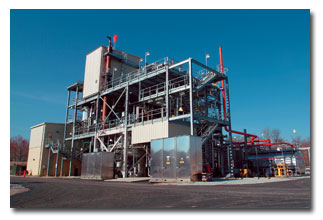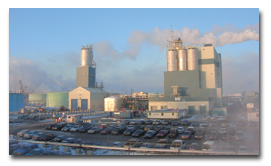R
unning conditions remain strong for US spinners. The ring-spinning mills are busy.
Open-end (OE) also has good running conditions, but business may be softening. However, it’s too
soon to tell if this is a definite trend or just a lull associated with the July 4th holiday.
Air-jet is mixed. Demand appears to be softening, particularly for yarns going into sheeting. One
spinner characterized this market by saying “Air-jet runs hot and cold.”
As one OE spinner summed up current business conditions: “Demand is very strong. We’re
running seven days a week and have a good backlog. Looks like the third quarter is going to be a
good time for us.” He also said his company planned to shut down for just two days during the week
of July 4th compared to the usual week to 10 days.
Currently, spinners report strong demand in most areas including apparel, hosiery and weaving
markets. Automotive is very strong.
Upholstery is showing a little weakness. Domestics — sheets and towels — also are weak right
now. On the fiber side, spinners have benefited from a dip in cotton prices and suffered from a
rise in man-made fiber prices, particularly polyester. Some mills are adjusting their
cotton/polyester blends slightly to compensate. Demand for acrylic yarns also seems to be
softening.
One spinner felt man-made fiber producers may shortly become constrained by the practical
limits of how much spinners can afford to pay. Another said every time he gasses up his car, he
thinks about rising polyester prices. “I don’t think demand is going to allow [man-made fiber]
prices to go up much more,” he said. “I know man-made fiber producers have been hit with a lot of
raw material price increases, and certainly they are justified in raising their prices, but I think
they are at a point where if the dogs won’t eat the dog food, it doesn’t matter how good the
quality is.”
The Quota Question
Most spinners believe the inability of countries to borrow from next year’s quota is a big
factor in the current robust business environment. What business will be like after the quota
phase-out is never far from the forefront in US spinners’ minds.
“We have lots of thoughts about 2005,” one spinner said. “We discuss this frequently with
anyone and everyone we feel has an educated opinion. Our primary concern is what will happen to our
customers.”
The Search For Niches Accelerates
This month, spinners and industry watchers alike had niches very much on their minds.
“Spinners need to differentiate themselves in the marketplace and try to find different
markets in new areas,” an industry observer said. “As time goes on, commodities are going to be
tough.”
Another suggested spinners look at recent technical innovations and consider the possibility
of sacrificing some production speed in order to give their yarns specialty characteristics such as
improved softness.
“Everyone is looking for niche products, niche markets,” said a mill executive. “At Material
World, there was tremendous interest in antimicrobial products and fire retardants. I was hearing
it more in the apparel sector where we normally just hear about them in home furnishings and
industrial areas.”
“The viability of US yarn producers depends on their ability to find that little niche where
they can be successful,” said one specialty spinner. “Innovation is the lifeblood of our business.”
He also recommended working to foster alliances with retail and catalog operations.
EFS Conference Well-Attended
Cotton Incorporated recently held its 17th Annual Engineered Fiber Selection (EFS) Conference in
Greenville. Conference sessions covered a variety of topics including cotton marketing, use of
Cotton Incorporated’s MillNet software, cotton quality measurements, and innovative new yarns and
fabrics.
The conference had the usual mix of cotton producers, ginners, merchants, US Department of
Agriculture officials, mill executives and academics. It offered opportunities to network and
prospect for new ideas. Spinners in attendance praised the event and said they enjoyed talking with
professionals throughout the cotton chain. The industry could use more events like this.
July 2004






